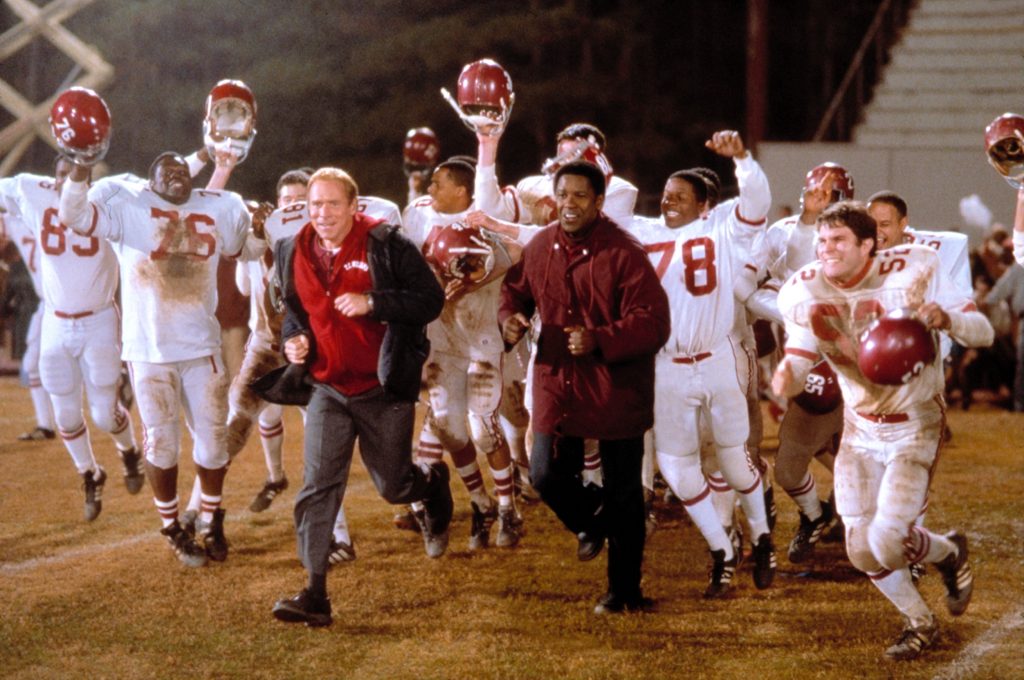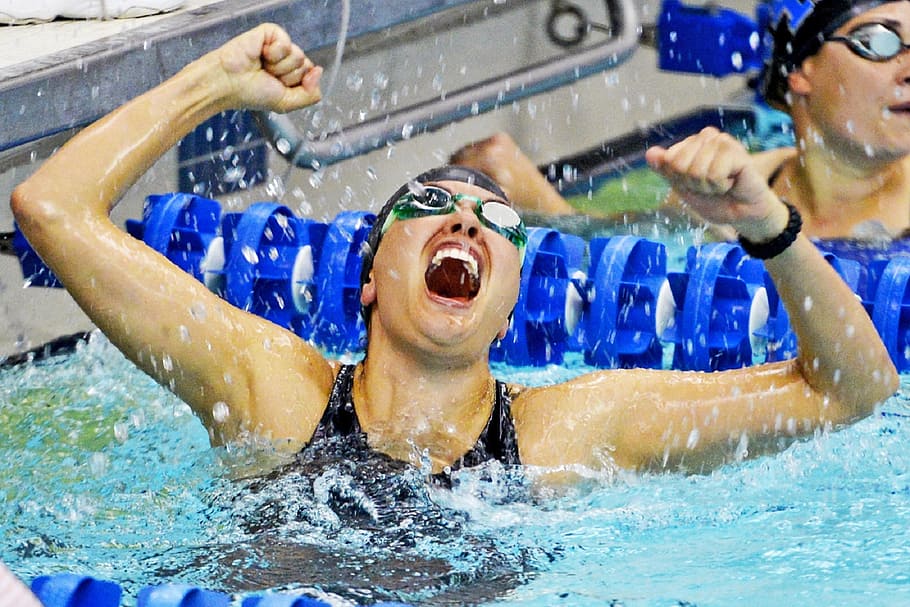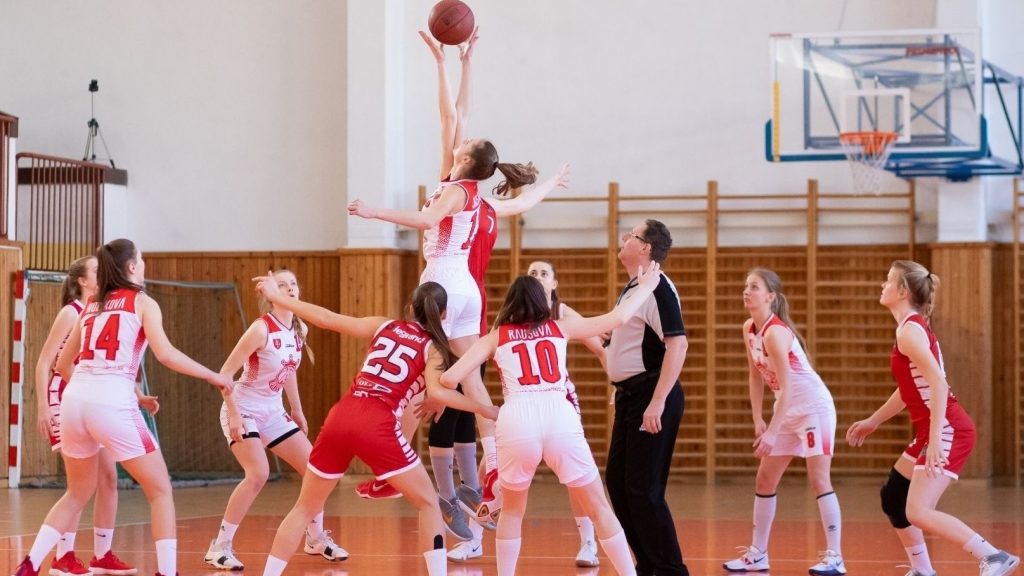U.S. Military Considering Athletic Scholarships For Service Time
The U.S. military has proposed a measure to give athletic scholarships to college students in return for service time.
It’s a bold idea, but one certainly worth running up the flagpole. Fighting declines in enlistment numbers, the United States Military is now actively in discussion to begin funding athletic scholarships for college athletes that number in the tens of thousands. The proposal comes from a defense contractor and requires only one small thing from these athletes in exchange – mandatory service.
This athletic scholarship proposal comes from Orchestra Macrosystems CEO, Dave Maloney. The Air Force defense contractor is Houston-based and is both a software and analytics company. Maloney sent out a memo in September, that has since made its rounds through the Pentagon and Capitol Hill, in which he characterized his proposal as a “21st-century pathway to service.”

Those are key words to the eyes and ears of the Department of Defense, whose military, civilian, and congressional leaders know well of the struggles each branch of this military is facing in terms of enlistment and retention. The military spends billions each year on recruits who end up failing basic training. Maloney’s pitch goes right to the heart of not only the military’s main problem, but it also looks to help the financial disparity seen in college sports, where numerous cuts are being seen to many non-revenue teams such as lacrosse, wrestling, and tennis. This proposal would cover all college sports except for football and basketball players.
If Maloney’s athletic scholarship proposal was to move forward, it would require some heavy lifting from both the Department of Defense and intercollegiate athletics, both of which have a well-earned reputation of being innovation-challenged. They would undoubtedly receive some pushback from the NCAA. Then, they would somehow have to figure out how to convince a high school athlete that the athletic scholarship they would be receiving was well worth their commitment to a number of years of military service they’d be facing once their college time concluded.
The program is called the Scholar-Athlete Intelligence and Leadership Program (SAIL-P). The proposal for this program is suggesting that school-funded athletic scholarships for all sports, other than basketball and football, would be replaced by the Department of Defense. The DoD would fund the athletes while they were in college and these athletes would have no military obligation while in school. Once they completed their schooling, they would then be committed to a yet-to-be-determined number of service years. Maloney and Orchestra’s role in the whole program would be to provide both data analysis and market intelligence to help run the program.
“The Department of Defense just went to Congress with its initial budget for next year. It’s the largest budget ever, and yet we’re seeing a decrease in our technological capabilities, and we’re seeing a decrease in any interest in service,” Maloney said in an interview via Sportico. “What does that tell you? Talented people don’t want to work at decaying institutions. You’ve got to gut-punch it.”

The numbers don’t lie. The Pentagon requested a record $773 billion last month for their 2023 budget. This record figure includes nearly $1.32 billion for Army, Marines, Air Force, and Navy “recruiting and advertising.” Countless billions more are needed for the recruit’s basic training. According to Sportico’s college financial database, outside of basketball and football, the over 100 FBS colleges spent $653 million on their scholarship costs. The athletic scholarship bill could mitigate this.
Although Maloney’s athletic scholarship proposal has been making its way up the DoD ranks, finding its way to the NCAA is another story. In fact, a spokeswoman for the NCAA said they were unaware of the proposal, so they had nothing further to say on the matter. Notre Dame’s athletic director, Jack Swarbrick, said he was initially “shocked” when the proposal was described to him, but he eventually did state that if the proposal began to carry some weight, he’d remain open-minded. “We happen to have one of the more vibrant ROTC programs in the country, so we’re already involved in the military,” Swarbrick said. “I have about 101 questions, but would I listen? Sure.”
An Army’s Training and Doctrine Command (TRADOC) spokesperson acknowledged they met with Orchestra so they could discuss the potential athletic scholarships play-to-serve proposal but said “no promises or commitments were made” by the DoD. TRADOC is the branch of the Army responsible for recruiting. They truly know the issues they face with bringing in recruits.

“TRADOC is reviewing the merit of the capabilities presented to address recruiting challenges, but there remains many unanswered questions to work through to fully understand the feasibility and way ahead,” the spokesperson said. “TRADOC remains dedicated to driving improvement and leading change to ensure the Army can deter, fight, and win on any battlefield now and into the future.”
So, while the athletic scholarship program has a lot of merits, there are still plenty of hoops to jump through. The DoD appears to be thinking in the right direction. The NCAA, with all the changes they are now facing, may be in a position in the near future to be much more receptive to this idea. As Maloney points out, not only would his proposal help relieve college and universities’ multimillion-dollar athletic scholarships financial burden, but it would also allow these fine institutions the ability to offer more aid to more college athletes.

As an example, a D-1 men’s lacrosse team, on average, fields 49 players. In return, the NCAA only allows schools the ability to offer a mere 12.6 scholarships for that sport. So, most of the athletes on the lacrosse team play on a small fraction of a full scholarship and many are playing without any aid at all. Per Maloney’s numbers, if his athletic scholarship proposal was adopted, it could eventually cover the cost for hundreds of thousands of college athletes each and every year.
Again, on the surface, the athletic scholarship program works. Convincing the NCAA may take some doing, but it appears doable. The big question would be how to convince these college athletes to accept a full scholarship to play their sport by giving up a number of years to the military after they have completed school. That, of any, will be the most difficult task of all.



